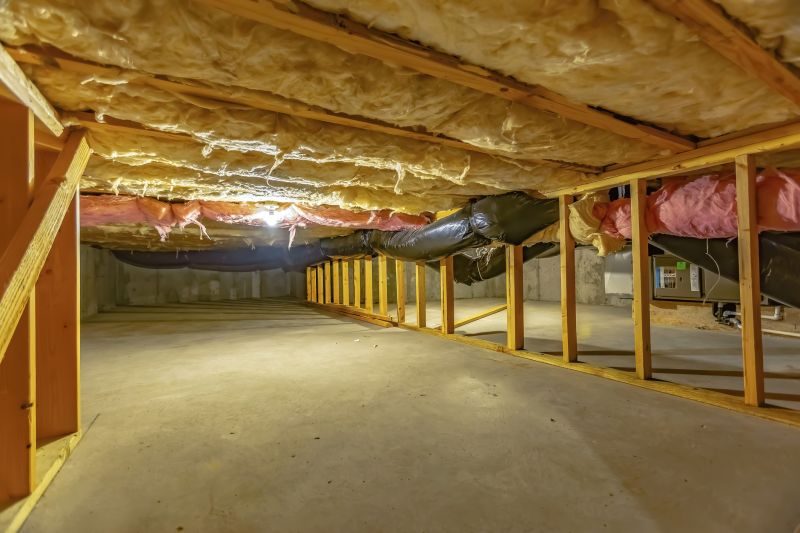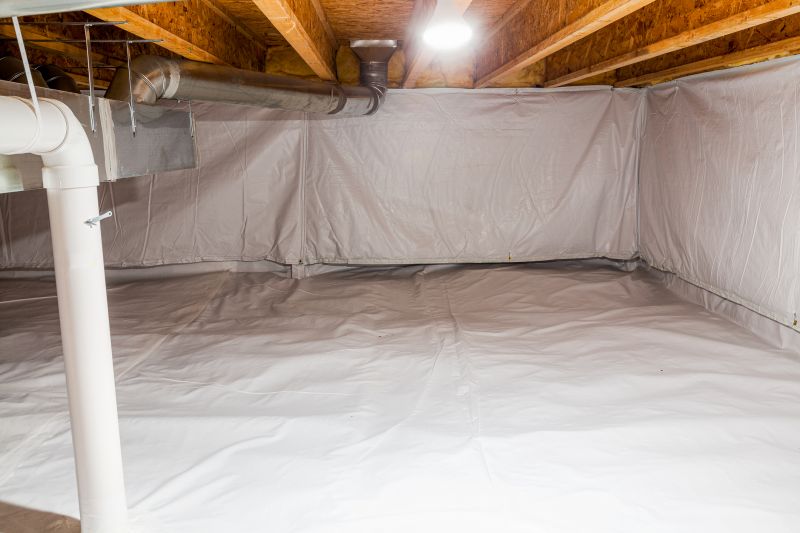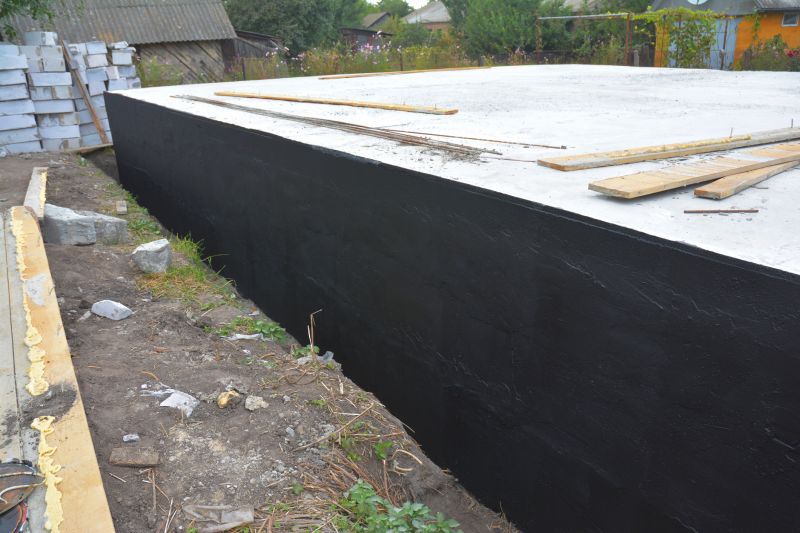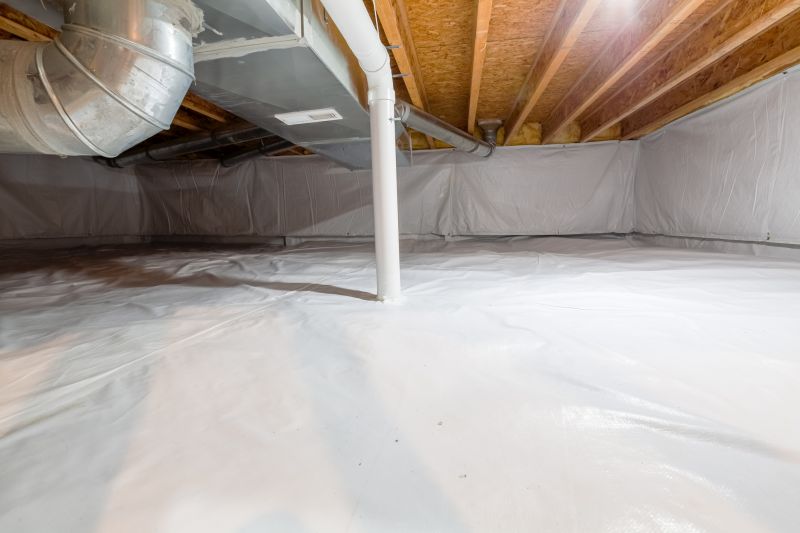Transform Your Crawlspace for Better Home Health
Encapsulation prevents excess moisture from entering the crawlspace, which can lead to mold, wood rot, and structural damage.
Sealing the crawlspace reduces air leaks, leading to lower energy bills and improved heating and cooling performance.
Reducing mold and dust mites in the crawlspace improves indoor air quality and can alleviate allergy and asthma symptoms.

A fully sealed and insulated crawlspace with vapor barriers installed, showcasing a clean and protected area.

Interior view of an encapsulated crawlspace highlighting the vapor barrier and insulation.

Another completed project demonstrating effective sealing and insulation.

Photo of professional equipment and materials used in the encapsulation process.
Failing to encapsulate a crawlspace can lead to significant problems. Unsealed crawlspaces are prone to moisture buildup, which promotes mold growth and attracts pests. These issues can cause health problems and structural damage over time. Additionally, unprotected crawlspaces can account for up to 15% of a building's energy loss, increasing utility costs.
| Benefit of Encapsulation | Risks of Not Encapsulating |
|---|---|
| Moisture Prevention | Increased mold growth and wood rot |
| Improved Indoor Air Quality | Higher levels of airborne mold spores and dust |
| Energy Savings | Higher heating and cooling costs |
| Pest Deterrence | Increased pest activity and infestations |
| Structural Integrity | Potential foundation and framing damage |
| Cost Effectiveness | Higher long-term repair and energy expenses |
| Enhanced Comfort | Uneven indoor temperatures |
| Property Value | Decreased market appeal |
Proper crawlspace encapsulation offers numerous benefits, including moisture control, energy savings, and improved indoor air quality. Neglecting this service can lead to costly repairs, health issues, and increased utility bills. Ensuring a sealed and insulated crawlspace is a proactive step toward maintaining a healthy, energy-efficient home.

